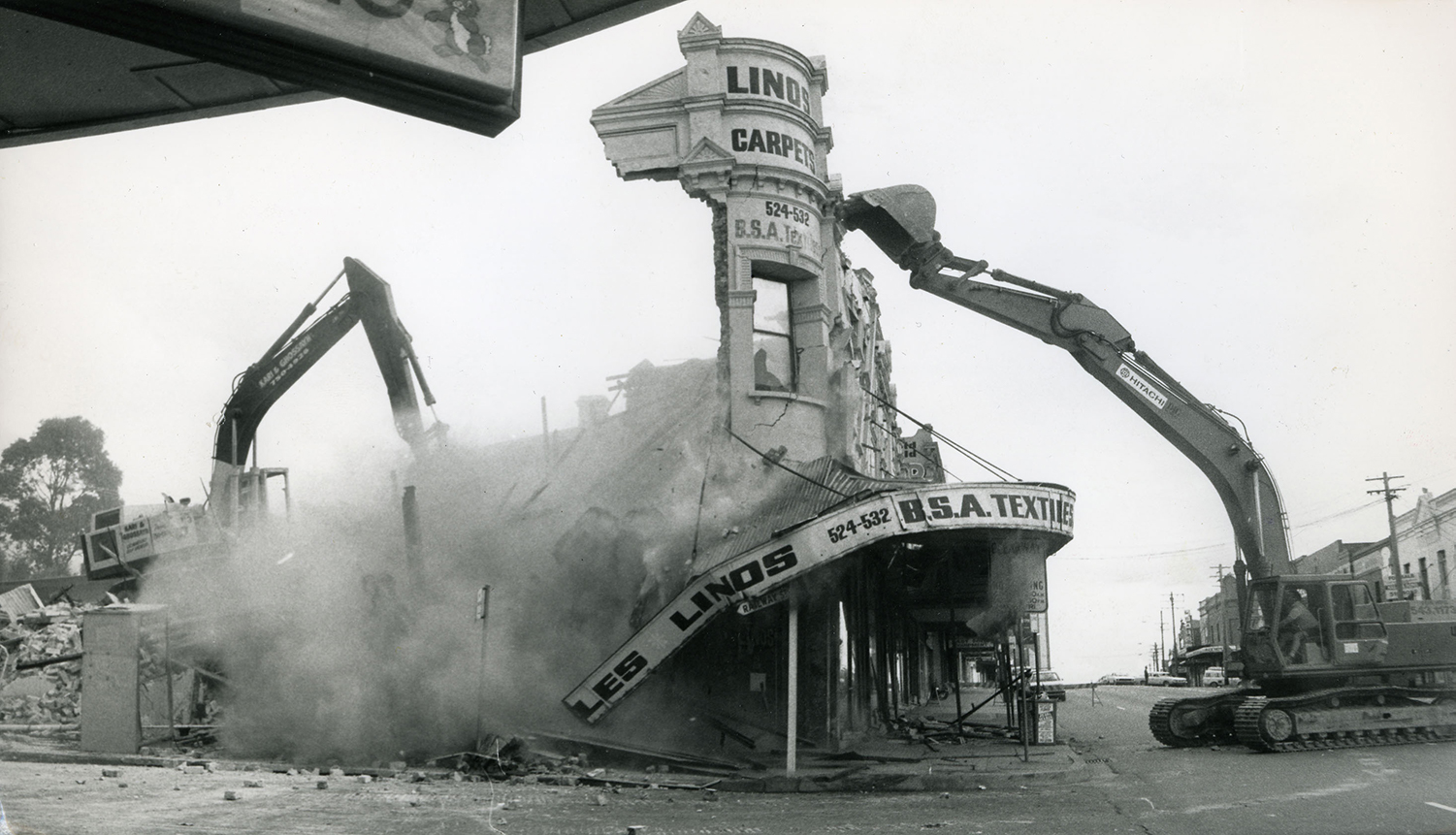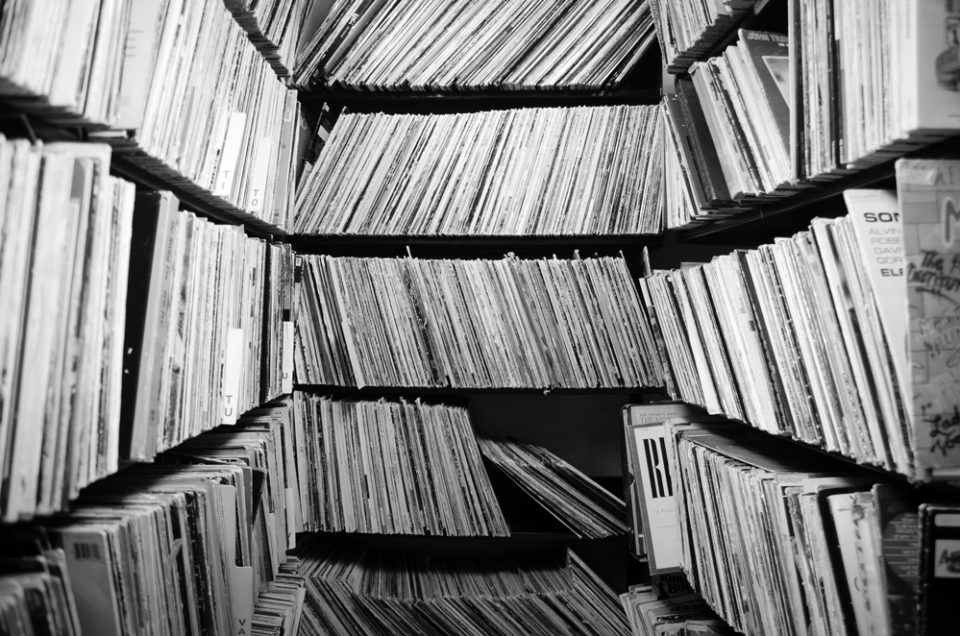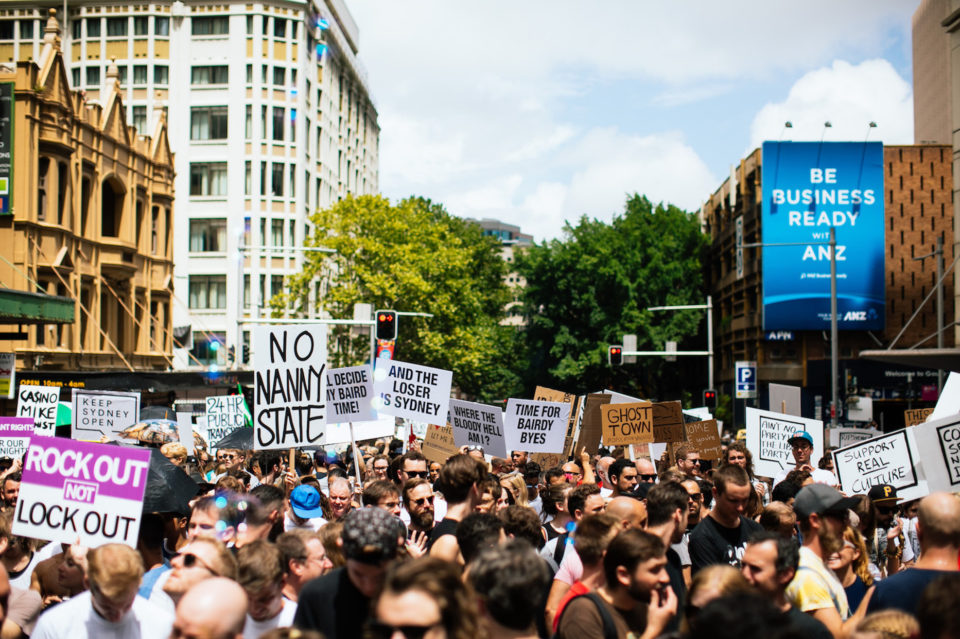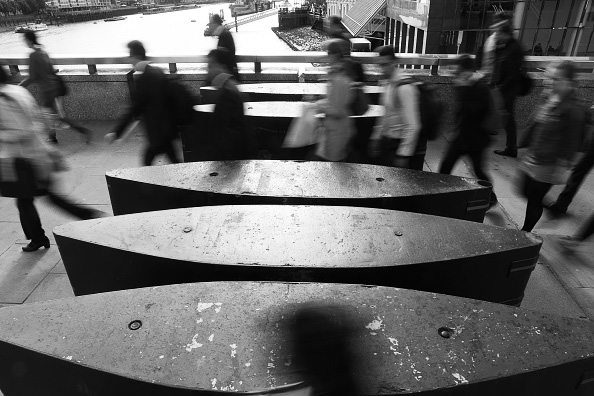Whenever Proust’s grandmother bought him a gift, it had to be something beautiful, and have intellectual value, because beautiful things teach us about pleasures beyond material comforts. Even when gifting something ‘useful’, like a walking stick, she’d find one so old and decrepit it was only good for “telling us about the life of people of other times,” rather than being of any practical use.
Is there any value today in keeping things from other times?
Last year, a Singaporean developer was fined $5,000 for demolishing most of the 1912 Edwardian façade of Hensley Hall in Kings Cross. A pittance of a deterrent on a $21-million-dollar job. Another group is salivating to demolish the iconic Bourbon building dating back to the 1880s.
In Martin Place a large historical photograph printed on the hoarding of a building site shows the houses that were destroyed to extend the thoroughfare. Little black and white figures watch bent-over men use sledgehammers to make part of their world disappear.
Historical photographs of Sydney have been appearing all across the city. Like windows into lost buildings now impossible to visit, they show the pixelated faces of the dead. Flop houses and pockets of grandeur, erased forever. Gazing into the past feels almost a ruse to distract us from what’s happening in the present, where the Sydney skyline is home to more than 50% of Australia’s cranes, which seem to be taking the city apart, brick by brick. It’s impossible not to hear jackhammers, and rat sightings have increased as ancient nests are disturbed.
The City of Sydney website says of the photographs, “People love reflecting on the past and imagining the future.” The ‘present’ is not mentioned in this vision. It’s hidden behind particle board hoardings, in piles of rubble.
In 1926, my grandmother worked as a waitress at Petty’s Hotel on the corner of York and Jameson Streets. The home of Sydney’s first beer-garden, Petty’s was, according to the Sydney Morning Herald, acknowledged in the late 19th century to hold the premier position as the aristocratic hotel and select resort in Sydney. Knocked down in 1976, the site is now blighted by a brown-brick-blemish of serviced apartments, that no one will ever lament the passing of.
My grandfather worked on the boilers at the Hotel Australia. Sir Henry Parkes laid the foundation stones in 1889 and French chanteuse Sarah Bernhardt performed at the opening, but in 1971, all the Italian Carrara marble of ‘Australia’s best known hotel’, was bulldozed to make way for the MLC Centre. They’d promised to refurbish the city landmark, but quickly demolished it, also taking out the 1875 Theatre Royal beside it. The Hotel Australia, The Hordern Building, The Trocadero, the heritage-listed Regent Theatre obliterated in 1988 and left as a huge crater until 2004; how could they have been allowed to destroy so much of our collective history?
Can’t the past be valued for the narrative depth it brings to our lives?
In Miller’s Point there’s little need for historical photographs. Time has been allowed to endure. Now a major tourist attraction, houses look how they might have a hundred years ago. Without the Green Bans of the 1970s, they would have been destroyed. The buildings don’t match the spiff of elite apartments, but they’d be approved by Proust’s gran for evoking other times, and aren’t we richer for being able to feel our story in the streets around us?
The state’s now put the Sirius building up for sale, gleeful at potentially turning 79 public housing units into 250 luxury apartments. They say they need the cash. Is it time significant planning decisions with historical implications were removed from the ephemeral hands of short-term politicians?





